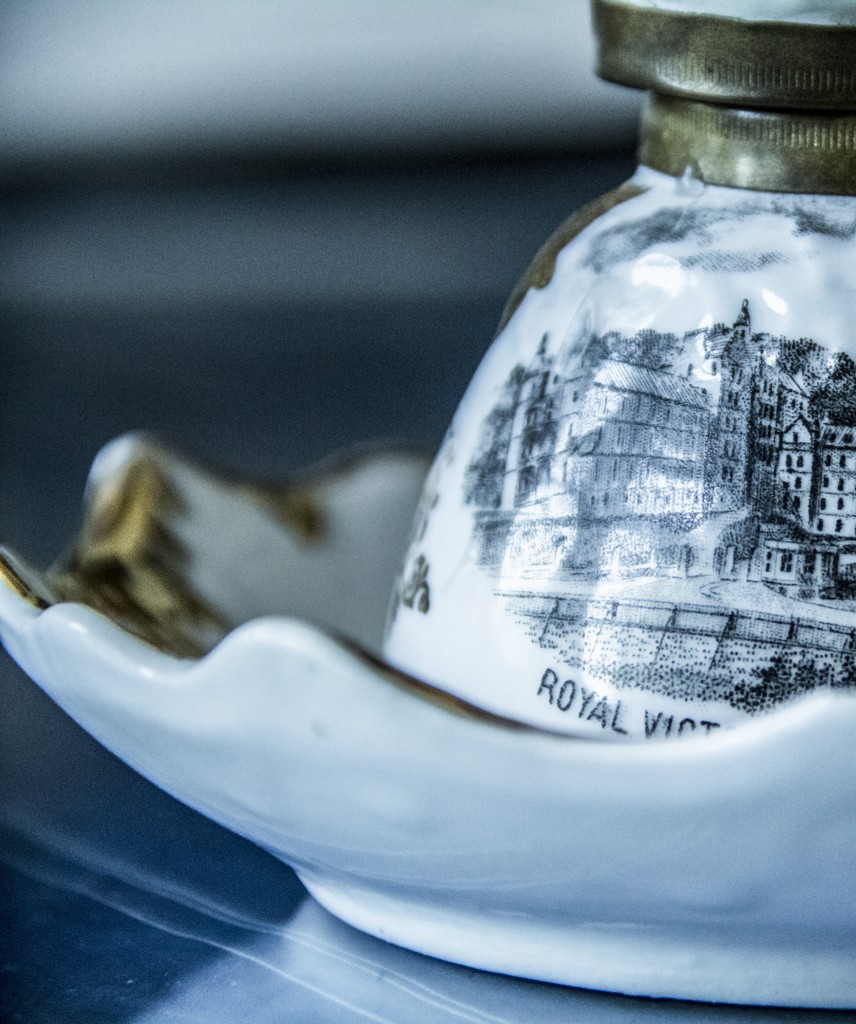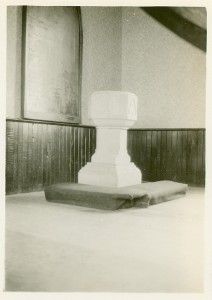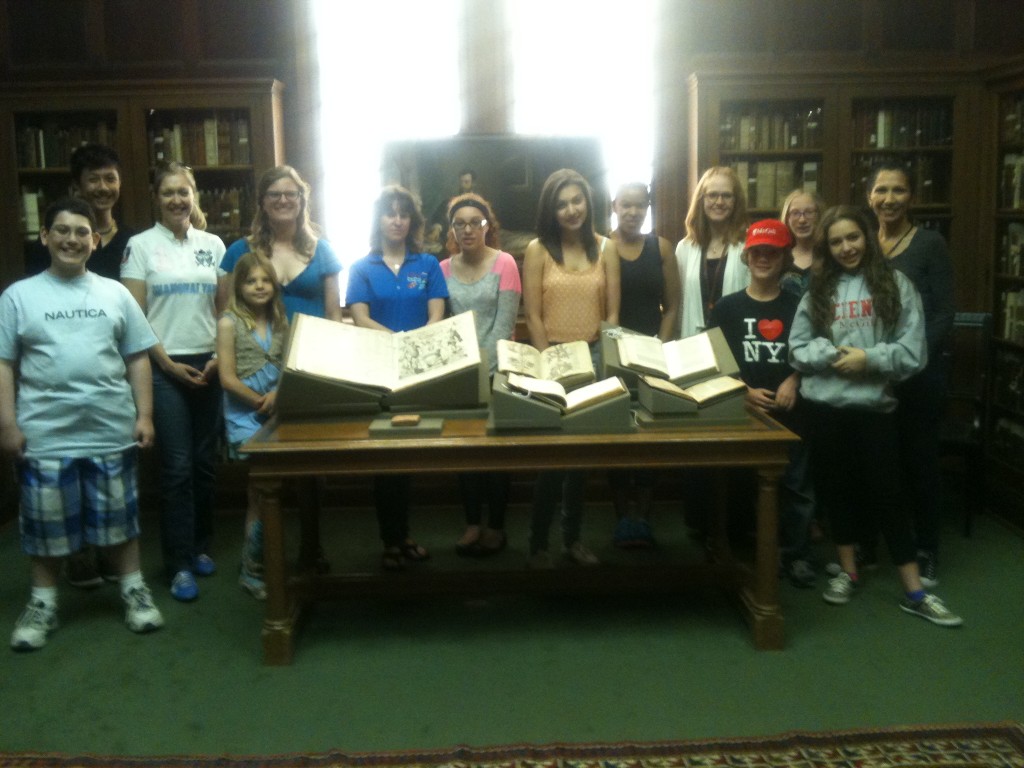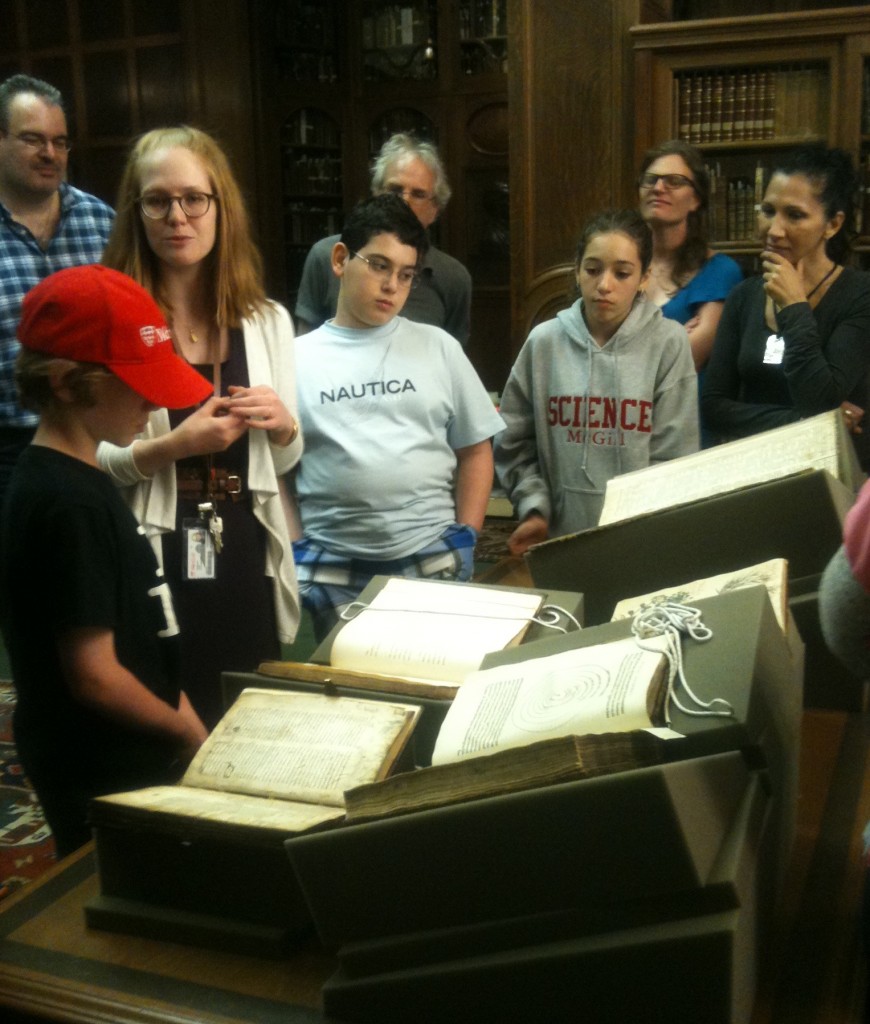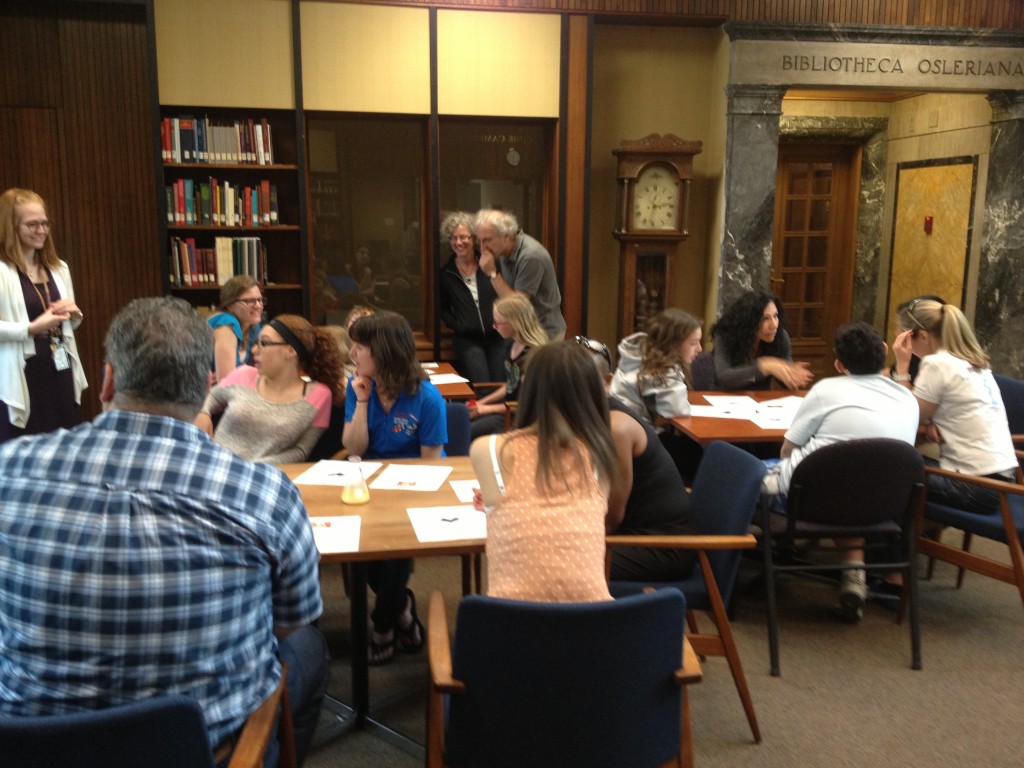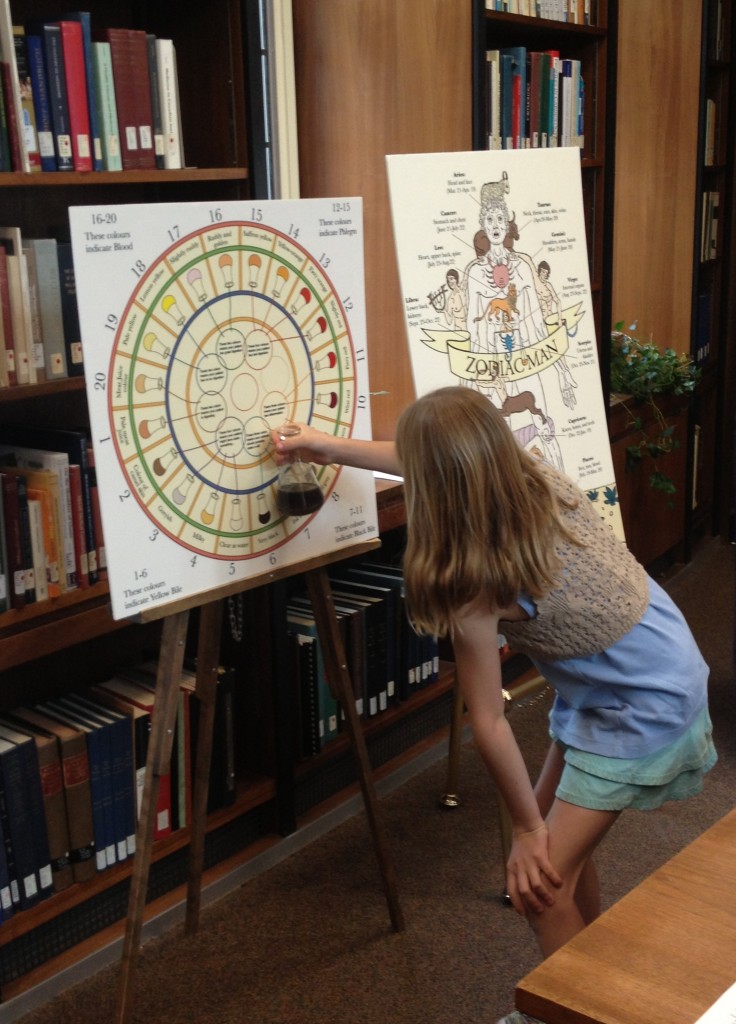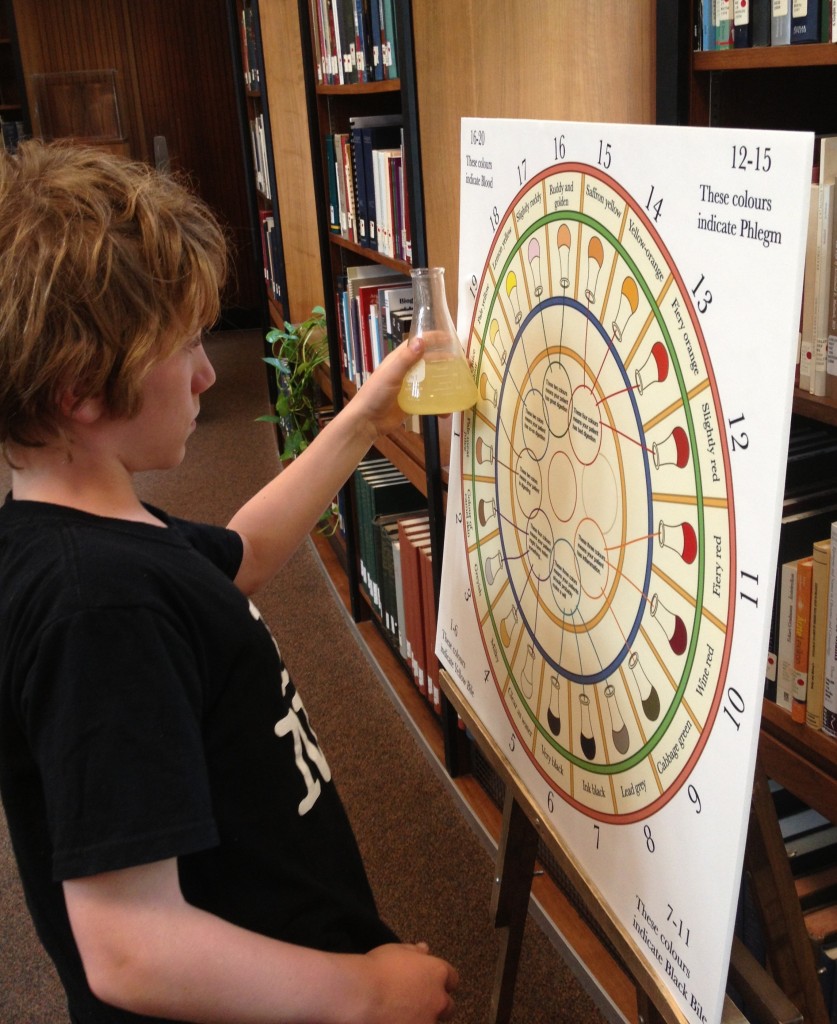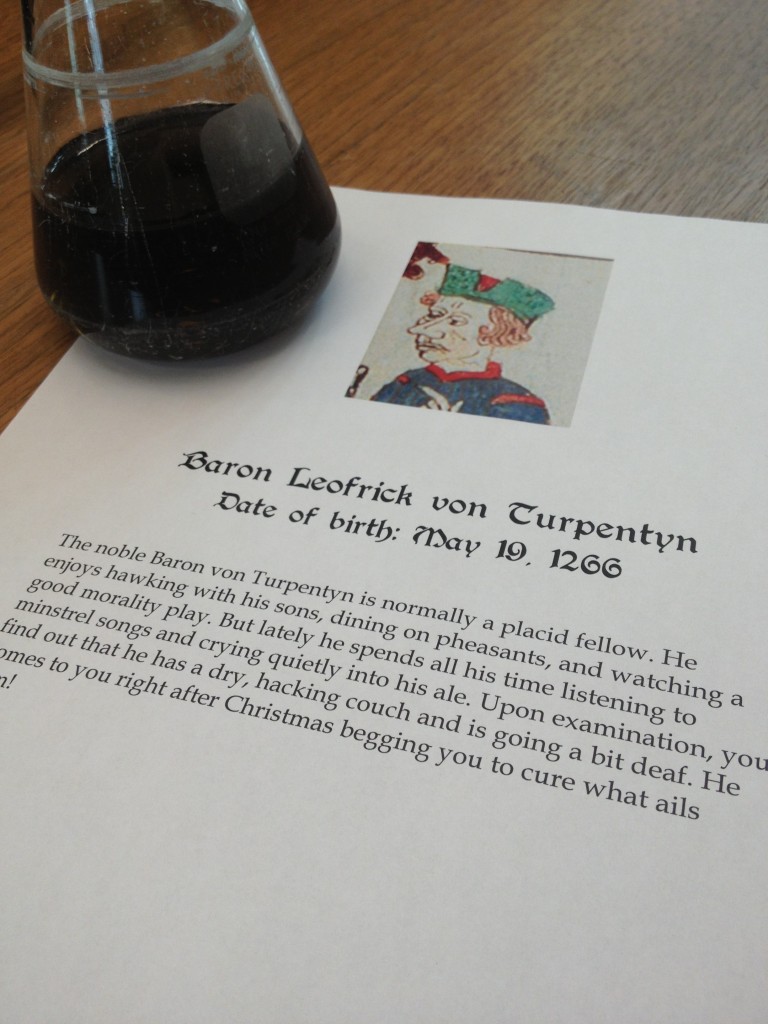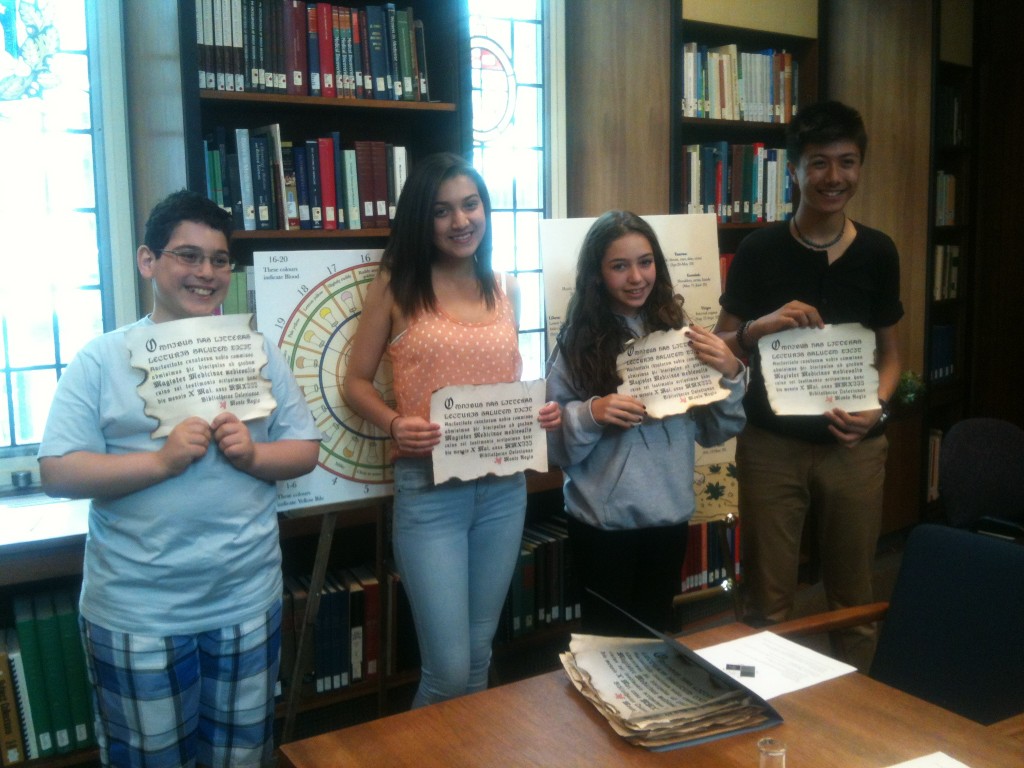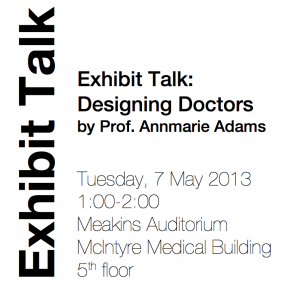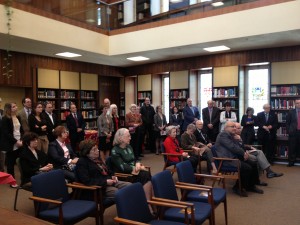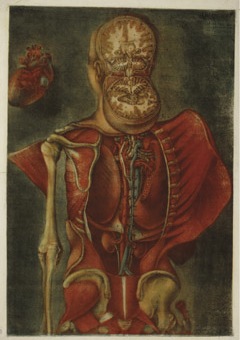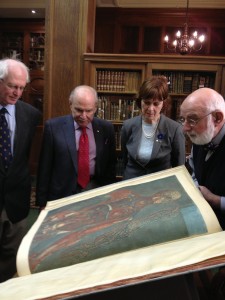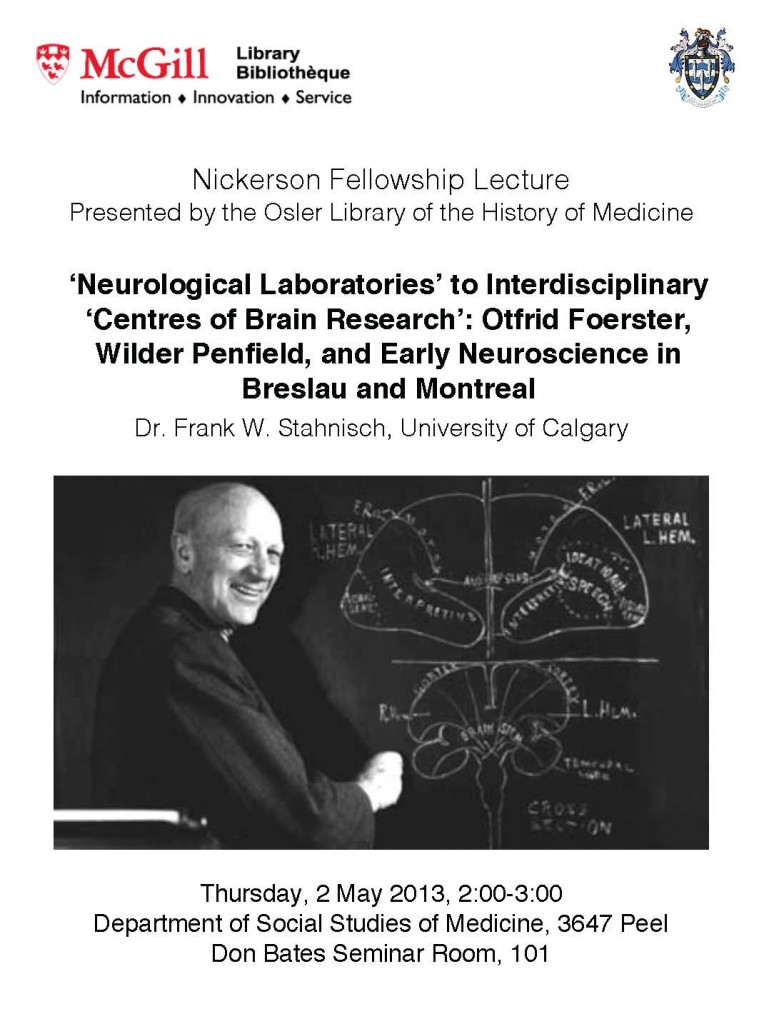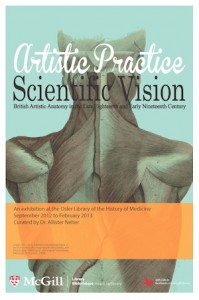Designing Doctors, an exhibition curated by Prof. Annmarie Adams highlighting the contributions of physicians to hospital architecture is on through August. Come and see it now if you haven’t yet had a chance! In the Osler Library lobby, 3rd floor of McIntyre Medical Building, 3655 promenade Sir William Osler.
Designing Doctors showcases the Osler Library’s outstanding collection of architectural advice literature on hospital architecture. Its focus is on the development of the so-called pavilion-plan hospital, a ubiquitous typology for hospitals in the English-speaking world in the nineteenth and early twentieth centuries which maximized ventilation and daylight; their signature detail, however, was the Nightingale ward, a large, open space which typically housed about thirty patients.
Two sub-themes shape the organization of the exhibition: the role of physicians in the design of pavilion-plan hospitals and the position of hospitals as tourist destinations. Consequently, Designing Doctors presents a series of classic books written by doctor-architect teams or physicians who saw themselves as architectural experts. Several of these books are dedicated by or to famous figures, including Florence Nightingale, Henry Saxon Snell, and Edward Fletcher Stevens. Included here too are delightful souvenir items featuring hospital imagery: an inkwell, a soup bowl, hospital postcards, and a humorous board game as reminders of the wide reach of hospital architecture images in twentieth-century popular culture.
The exhibition is curated by Professor Annmarie Adams, Director of the School of Architecture, McGill University, and member of the Osler Library’s Board of Curators.


